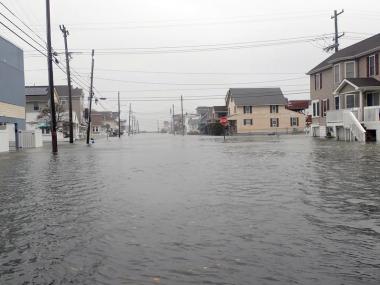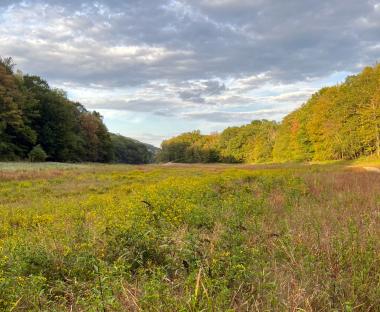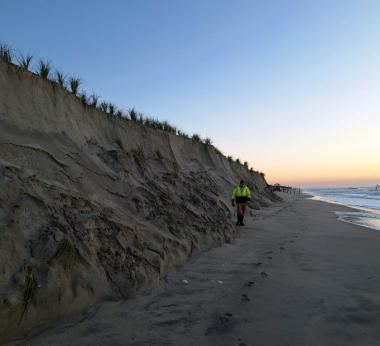Plenty Dry with Backwards Warmth: September 2017 Summary

While remarkable deadly and destructive hurricanes pummeled portions of the Caribbean and southern states, September weather conditions in the Garden State were generally quiet. The most notable exceptions were the dangerous rip currents at the Jersey shore associated with the latter stages of Hurricanes Irma and Jose, which resulted in several drowning deaths and numerous water rescues. Minor to some moderate back-bay flooding and beach erosion accompanied the tumultuous surf, particularly between the 18th–21st. Otherwise, little more than some clouds and light rain reached NJ from these storms, while earlier some remnant energy and moisture from Hurricane Harvey brought one of the month’s few notable rain episodes. Dry conditions prevailed through much of the September, especially the second half. As a result, statewide precipitation averaged just 2.23”. This is 1.82” below the 1981–2010 average and was the 28th driest September since 1895.
While the first half of the month had an average temperature of about a degree below normal, September finished on a warm note. Some locations experienced three consecutive days with maximums of 90° or higher from the 23rd–25th. This backwards turn to warmth while the calendar suggested there should be a decline in temperature resulted in the month averaging 2.6° above the long-term mark. The 68.4° average made this the 10th warmest September on record. The last three Septembers and six since 2005 all fall into the top 10.



















